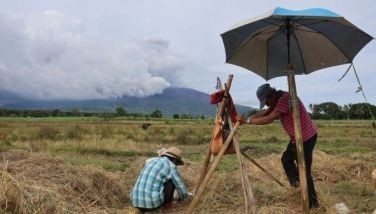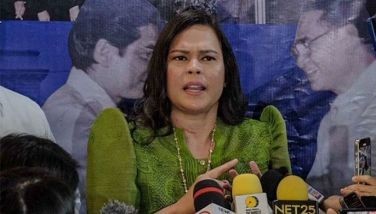Upland farmers band together to restore forests in Kaliwa watershed
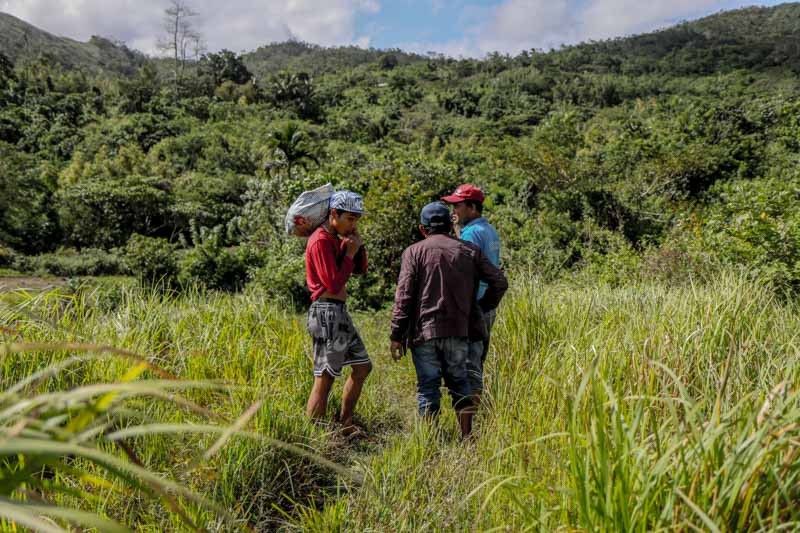
Part 1 of a feature on reforestation efforts in the Sierra Madre.
Read Part 2, on a rewilding initiative in Tanay, Rizal that also offers low-impact tourism, here
RIZAL, Philippines — Some residents of Mamuyao, an upland village in Tanay, Rizal province, used to engage in slash-and-burn agriculture, more commonly known as kaingin. After all, they were farmers who needed to clear plots of land where they could grow crops.
“If they didn’t do slash and burn, they would not be able to plant rice and ginger,” Arnel Silao, a 39-year-old village official, says, referring to the crops that many in the community plant.
The agricultural practice also produced charcoal, which provided livelihood for some residents as well.
But, in 2013, some villagers of Mamuyao decided to establish a farmers’ association that would be a first step in changing their relationship with the land that they till.
It was two years after the government launched the country’s most ambitious reforestation effort: the National Greening Program (NGP). Its main objective is to increase forest cover in one of the most severely deforested countries in the tropics.
As of 2015, the Philippines had approximately 7.014 million hectares of forests, data from the Forest Management Bureau (FMB) showed. Ninety percent of the country was believed to be covered by forests in the 16th century but it declined to about 70% in the early 1900s. Between 1934 and the mid-1980s, around 10 million hectares of forests were lost.
NGP is also meant to enhance climate change mitigation and adaptation while addressing the socio-economic needs of upland communities like Mamuyao.
The farmers of the remote village have had problems marketing their harvest; their village is located about an hour and several stream crossings from the highway. Therefore, they needed assistance provided under the program.
They had to organize to participate in the NGP. So, in 2013, they established the Upland Farmers Association of Brgy. Mamuyao (UFABM).
NGP tasks people’s organizations (POs) like UFABM to prepare reforestation sites, plant the seedlings, and maintain and protect established plantations.
Restoration efforts
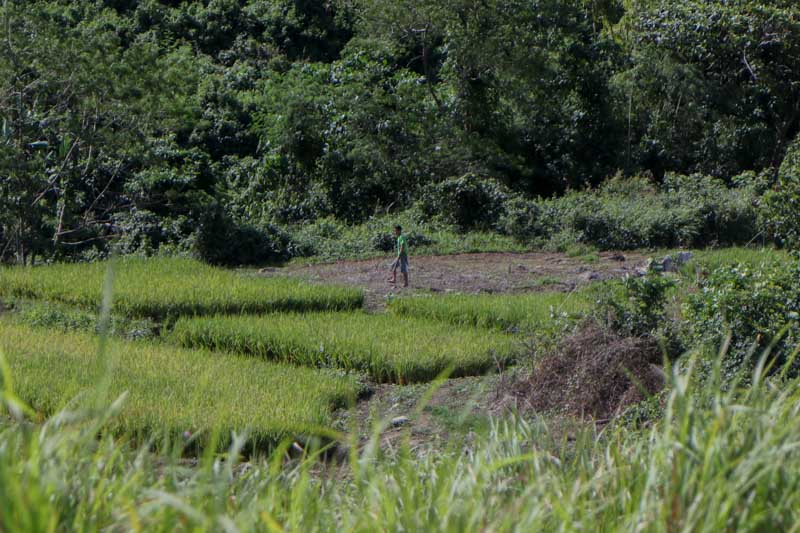
A year after it was organized, the association was awarded a contract to reforest and maintain a 79-hectare patch of open forestland within the Kaliwa Watershed—a declared forest reserve and natural park, and wildlife sanctuary.
They planted indigenous tree species such as narra, molave and lauan to help bring back biodiversity to that area of the Sierra Madre, where logging and harvesting of timber is now prohibited.
In 2016, they secured another project to turn a 50-hectare patch of land into a rattan plantation.
They planted the seedlings during the rainy season. As part of their three-year contracts with the government, members of the association went to the reforestation sites at least twice a year to maintain them.
Going up the mountains is not an easy task, even for villagers who have lived in Mamuyao all their lives, as it takes half a day to reach some of the sites.
Members of the association would stay there for a week to take care of each tree that they planted. They conducted ring weeding and strip brushing to ensure the trees would survive and grow into robust foliage.
Their hard work has so far paid off. The two sites that they managed and maintained had survival rates of 85% and 86%, meeting the success rate for planted tree seedlings that the greening program had contracted to POs.
“We are really proud that we took part in the implementation of the reforestation program because the first ones who will benefit from its impacts are our community members,” Silao, who also serves as the board member of UFABM, says.
“We believe the new forest will help lessen the impacts of, if not totally avert, flooding events and landslides.”
But a China-backed dam project in the Sierra Madre mountain range is feared to threaten communities within the watershed, including Mamuyao.
Fruit of their labor

After two successful reforestation efforts, the UFABM was awarded another contract in 2017; this time to grow fruit-bearing trees. The 100-hectare NGP site was closer to their homes, just a 30-minute trek from the village.
There, they planted guyabano, caimito, calamansi, rambutan, cacao and coffee. The plantation aims to guarantee food security for the community and provide them a source of income.
The trees planted there have not yet reached the stage of harvesting.
But Silao is confident most of the trees will survive. Unlike the previous two restoration projects, the maintenance of the area continues to this day, with UFABM members hoping to earn money when they harvest the fruits.
Under the NGP agreement, UFABM has rights to the produce from the plantation.
“The community is glad that we planted fruit-bearing trees there because they will receive direct benefits from the fruits that will grow,” Silao says.
But it has not been without problems. Members of the association lamented the planting of Flemingia macrophylla because it did not provide the community direct benefits save for erosion control. They were told the plant can be fed to the farmers’ cows and goats but they said the animals do not eat it.
Still, Conrado Vargas, executive director of the Prelature of Infanta Community Organization of the Philippines (PI-COPI), lauded the performance of the UFABM.
PI-COPI was tapped to assist the organization in the project and is still in touch with Mamuyao residents.
“We witnessed their perseverance and majority of the members were actively participating in the activities. During site visits, they always asked us what should be done for the continuous implementation of the NGP,” Vargas says.
Ambitious reforestation effort
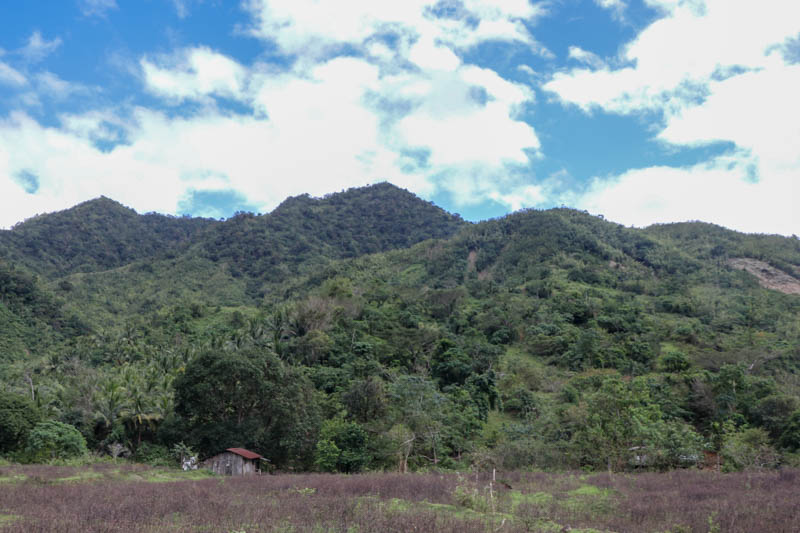
NGP, the biggest environmental program of the Aquino administration, aimed to restore 1.5 million hectares of land with 1.5 billion trees from 2011 to 2016.
In the 2015 Global Forest Resources Assessment report, the Philippines ranked fifth among countries reporting the biggest annual forest area gain, which reached 240,000 during the 2010 to 2015 period.
The flagship reforestation program has been extended until 2028. The Enhanced National Greening Program (eNGP) was expanded to restore all remaining unproductive, denuded and degraded forestlands in the Philippines, which is estimated at 7.1 million hectares.
So far, 1.7 billion seedlings have been planted in over 2 million hectares, according to the FMB, an attached agency of the Department of Environment and Natural Resources.
But the implementation of the initiative is fraught with challenges.
A 2019 report of the Commission on Audit (COA) found the move to fast-track NGP without adequate preparation and stakeholders’ support “opened the program to waste.”
Five years after the implementation, forest cover saw a small increase of 177,441 hectares.
The state auditors also noted the seedlings that survived hardly made any dent in reforestation efforts since most of the planted agroforestry species do not contribute to forest cover.
The DENR, however, said these contribute to carbon sequestration or the process of capturing or storing carbon dioxide. It has yet to develop a framework to measure that.
POs also tend to leave NGP sites when their maintenance and protection contracts end, the COA report found.
That was the case for the Mamuyao farmers in their first two projects. Silao said the three-year period covered by NGP contracts was not enough for the maintenance and protection of reforestation sites.
The short contract also means an end to funding needed to make sure the trees live as the organization could not afford to finance the maintenance of sites on their own.
“DENR’s implementation of the program is good but there is no sustainability of the site. Reforestation is not enough, it must be sustainable,” Silao says.
From ‘target-driven’ to ‘community-centered’

FMB said numerous aspects such as biophysical and climatic conditions in an area, availability of seedlings, natural hazards, presence of grazing animals, preferred land use, support from local governments and communities, funding, and existing laws and regulations contributed to the “success” of eNGP.
It said that “eNGP is an ever-growing program. It has come a long way since its implementation in 2011. Numerous policies and methodologies have been introduced in order to improve eNGP’s implementation and we see more interventions and innovations in the future.”
The bureau acknowledged it is necessary to continuously work and strengthen coordination with its partners and field offices to effectively achieve the goals of the program “as there are situations in the field which the FMB is not aware of.”
While reforestation remains an urgent concern, the COA advised the government to slow down the implementation of NGP.
“The DENR must pace the implementation of the program according to available resources [and] needs to shift its strategy from being ‘target-driven’ to becoming ‘community-centered’. Forcing the POs to deliver when they are not yet ready would only lead to waste,” it said.
The Forest Foundation Philippines (FFP) said the government must continue supporting people’s organizations for the maintenance of plantations.
“If it’s a greening program, if it’s a 'bringing back your forests' program, it’s not just planting. It has to take into consideration maintenance and nurturing,” says Jose Andres Canivel, FFP executive director.
More opportunities
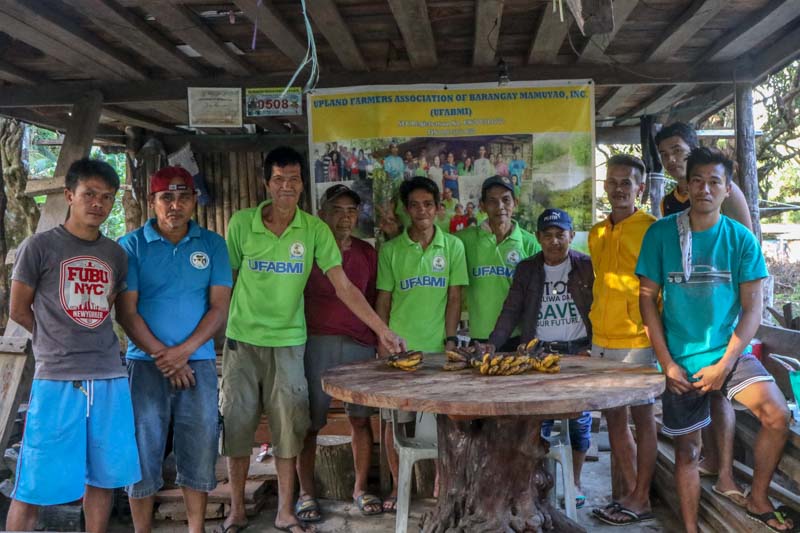
One of the factors that helped UFABM succeed was the members’ willingness to learn and continue the partnership they forged with PI-COPI even after the end of their NGP contract, Vargas said.
Even under one of the world’s longest coronavirus lockdowns, the upland farmers continue to look for opportunities to reforest areas near their village and provide additional sources of income to their members. They are also seeking assistance in processing and finding markets for their products, which are mostly root crops.
In mid-February, the organization met to discuss their application to a new grant program. Silao said UFABM would propose a cacao and coffee plantation.
“We are always looking for assistance. We want to do many things, we want to implement many projects but our funding is limited,” he said.
The story is part of the Climate Tracker's Southeast Asia Forest Recovery Collaborative Journalism project, produced with support from the Rainforest Journalism Fund in partnership with the Pulitzer Center.
- Latest
- Trending























